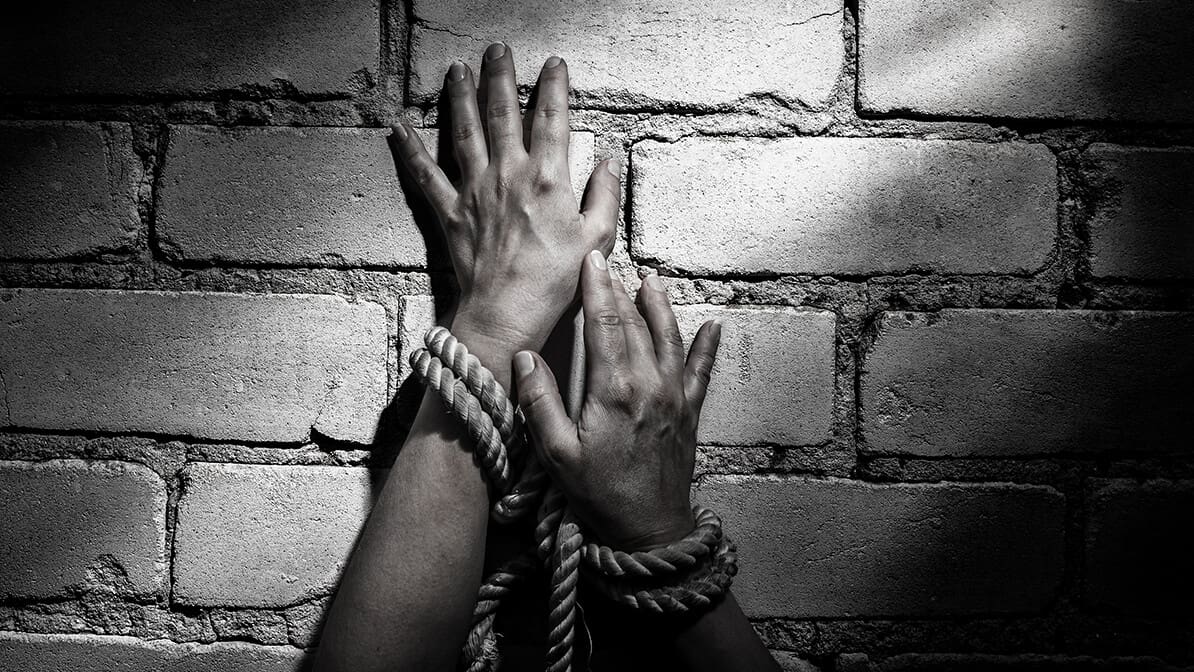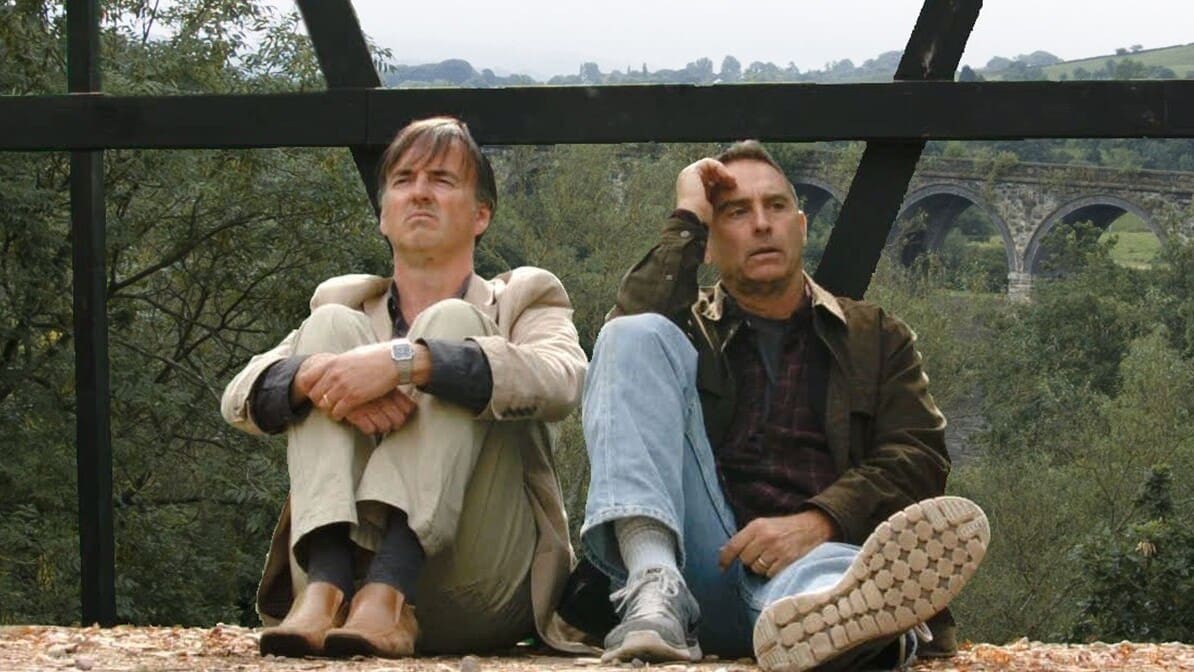- Home
- Entertainment
- When Are People Trafficked?

When Are People Trafficked?

Creation is an ongoing process,
and when we create a perfect world
where love and compassion are shared by all,
suffering will cease.
~ Bernie Siegel
On her way home from work one day, a mom noticed that a small item that had been left behind in the window of an abandoned house had been moved. She knew no one had purchased the house so she called the local police. “I noticed a change in the abandoned house in my neighborhood,” she said, “and wanted to let you know in case it meant something.”
The police did go by and a young girl was rescued because a woman was observant and willing to care about her neighbors.
Location, Location, Location
As long as the demand exists, children are at risk. The perpetual rise of trafficking proves that there is no shortage of cruel people that will ensnare and enslave others, no shortfall of evil men intent on exploiting young girls. And their greed is never satisfied.
Several factors make a location susceptible to trafficking, either as a destination place or a transit site:
- proximity to a border
- extensive highway systems
- truck stops
- growing immigrant populations
- proximity to large universities
- international corporations
- agricultural industries
- military bases
- tourist locations
- casinos or adult entertainment business
However, these factors do not need to pre-qualify a location for traffickers. When community members are vigilant, trafficking does not flourish.
The Process
There are several stages experts have identified as generally employed by traffickers from the point they identify a potential slave to the end of the slavery for that victim.
Exposed
Theresa was insecure in her new school and desperate to fit in. Most of all she craved attention and wanted to be liked. The older student appeared to fulfill those longings through subtle flirting with Theresa.
Traffickers are adept at finding people that can be easily coerced, forced, manipulated, and exploited. People that can be deceived. Traffickers target
- people without strong support networks
- the disadvantaged
- those in poverty
- the lonely
- children who have been abused
- neglected people
- those that hope and dream of a better future
Scouted
Theresa was misled to believe the older boy truly was interested in her as a friend and boyfriend. Once the older student believed Theresa was a good candidate and won her trust, he invited her to get into his car.
In the book, Renting Lacey by Shared Hope, Lacey met a man at the park that she passed each day on her way home from school. He talked to her and gave her compliments. She believed he liked her. After a few months, he asked if he could give her a ride home. But once she got into his car, he didn’t take her to her house.
Traffickers mislead victims through
- attention
- gifts
- promises
- false jobs
Vacated
In Theresa’s case, the boy garnered her trust until she willingly got into his car. Traffickers lure vulnerable targets by weaving an appealing picture of a future filled with opportunity and security. The trafficker wants the victim to willingly leave behind family and friends and everything familiar and be attached to the trafficker.
Transported
Traffickers mercilessly wielded blackmail, threats, and coercion to convince Theresa to leave the safety of her house each night when they telephoned. She was without identification as he drove her away from all she knew to places where she was horribly exploited. To infuse confusion and terror, traffickers transport victims across borders, over state lines, to another city, or far away neighborhood. In the process, traffickers strip the victim of identity, and ensure submission through physical abuse.
Lacey was taken miles away from her family and had no idea how to return. The man she thought was her boyfriend took her phone and moved her into a house with other girls she didn’t know.
Regulated
Traffickers controlled Theresa through the photos they had taken of her during the rape. One night Theresa didn’t go when the phone rang. The following day her dog was killed and her brother was followed. The next time she was called into service, she was beaten and told never to ignore their call again or they would kill her brothers like they had killed her dog. The people who trafficked her controlled Theresa.
Lacey was given different clothes and a new name. She was told when she could eat and sleep and drugged, so the trafficker could control her.
Relocated
Each night Theresa was taken to a new place. She did not know where she was, the customs of her captors, or the language the men spoke. She was reliant on her trafficker to return her to her home before morning when her parents and brothers woke up. Victims are taken to a place where they will be enslaved. They are threatened against communicating their circumstances to anyone.
Many times, victims are taken to hotels, dropped off at the front door, and told which room to go to. The trafficker waits outside the hotel and takes the victim to the next hotel, with no chance for escape
Oppressed
Theresa’s abuse nearly killed her. Victims are forced to work as slaves. Those brought from another country to the United States with promises of good employment, find themselves forced to work off a debt for their passage that never gets paid. Traffickers impose a perpetual debt on the victim who feels guilty that they allowed themselves to be victimized.
Like Theresa’s traffickers who had no intention of ever giving her those photos, traffickers keep victims enslaved because they make money on them.
Resolved
Theresa’s enslavement came to a fortunate and rare end when her family relocated to another state. Aware that her traffickers might kidnap her, Theresa was careful to keep news of the move to herself. Most slaves live a nightmare and die in slavery. A few like Theresa and Lacey are rescued.
Summary:
Trafficking can occur in any location and any zip code. States populated with highways, truck stops, military bases, or with a large number of immigrants tend to have an increased number of human trafficking cases. The stages of slavery include the following:
Exposed
Scouted
Vacated
Transported
Regulated
Relocated
Oppressed
Resolved
…
If you need help, call the Human Trafficking Hotline (toll-free): 1-888-373-7888
For more information go to Humantraffickinghotline.org
You can also find resources and help at Theresa’s websites, TraffickFree.com and SoapProject.org .
Order your copy of The Slave Across the Street by Theresa Flores and Peggysue Wells
Trending Now
Sign up today for your Inspiration Today Daily Newsletter
Supercharge your faith and ignite your spirit. Find hope in God’s word. Receive your Inspiration Today newsletter now!
Peggysue Wells
Single mom of seven, PeggySue Wells is the author 29 books including Rediscovering Your Happily Ever After; Moving from hopeless to hopeful for the newly divorced mom (Kregel), and The Ten Best Decisions A Single Mom Can Make (Baker Publishing Group). Learn more at peggysuewells.com
Related Articles
April 19, 2024
Navigating the Digital Storm: 5 Tips for Mentoring Kids’ Faith
In an age where screens dominate our daily lives, parents face a daunting challenge: How can we…
April 19, 2024
Unashamed: Take Me As I Am
Excerpt from “Chapter 5: Take Me As I Am” of Unashamed by Lecrae The final night of the…
April 18, 2024
Movie Review: Grace and Gravity
According to a report published by the Centers for Disease Control and Prevention (CDC) and posted…
April 16, 2024
‘It Is Well with My Soul’
“It Is Well With My Soul” is a hymn that may bring peace and comfort when considering the peace…
Next Steps To Strengthen Your Walk
Submit A Prayer Request
We are here for you. Simply click on the button below to reach us by form, email or phone. Together we will lift our hearts and voices with you in prayer.
Partner WIth Us
Sow a seed of faith today! Your generous gift will help us impact others for Christ through our global salvation outreach and other faith based initiatives.
Inspiration TV
Watch Christian content from your favorite pastors, christian movies, TV shows and more.






